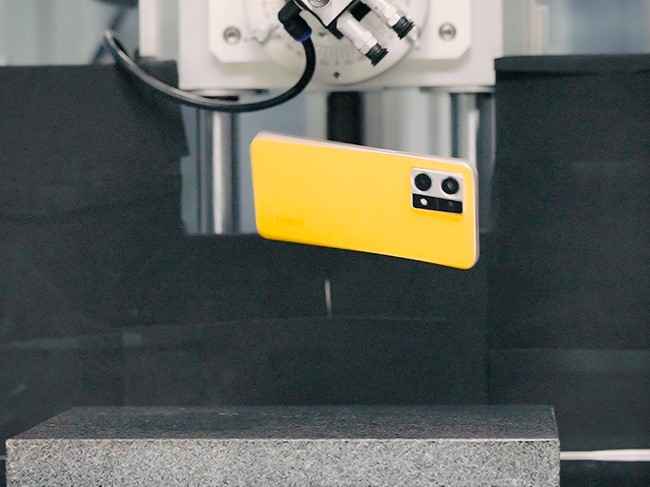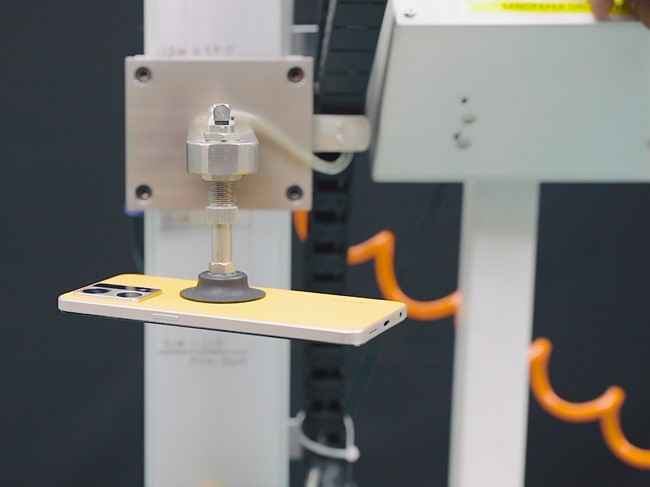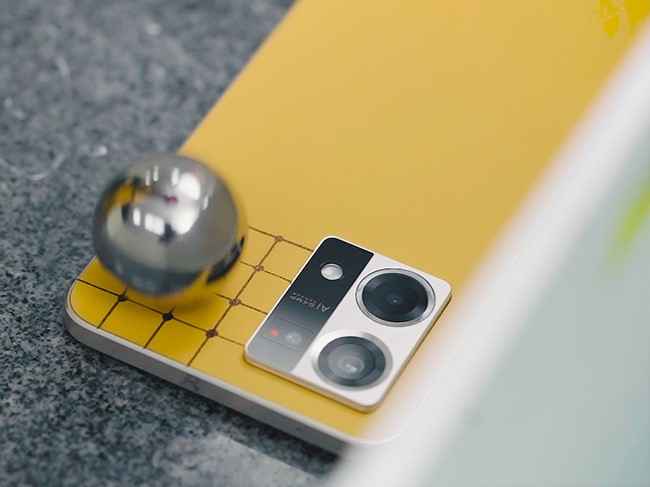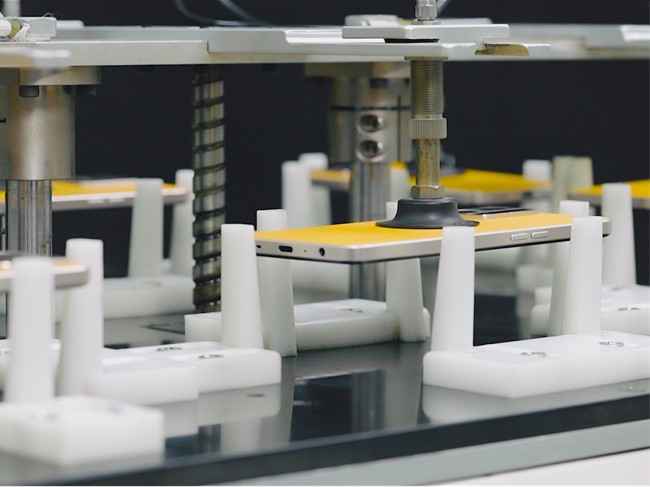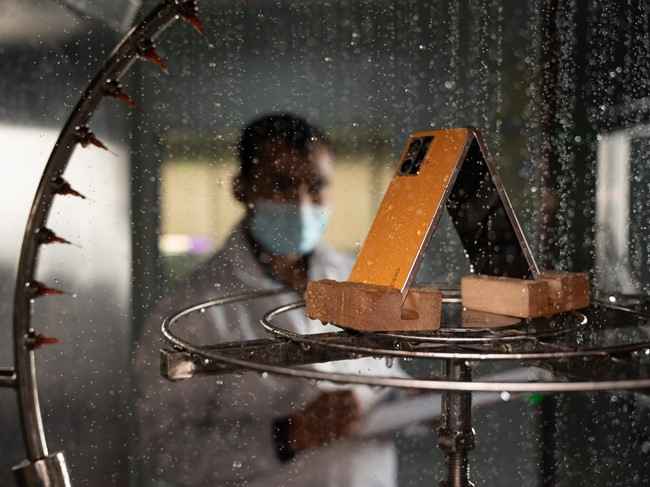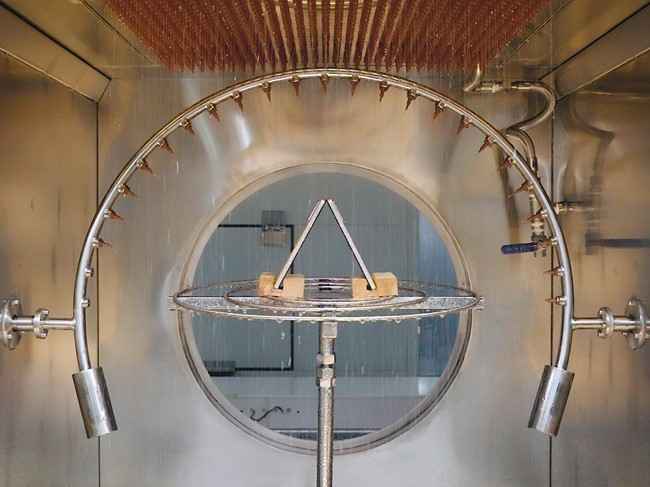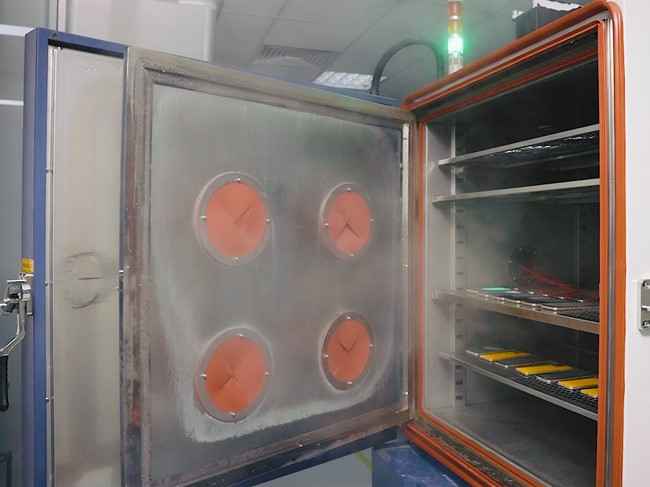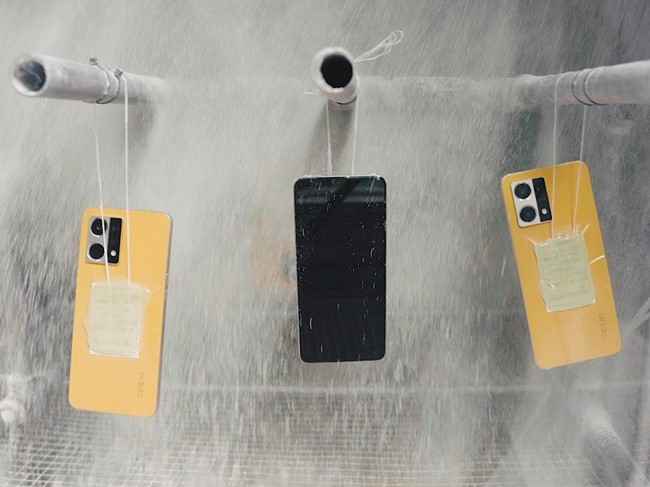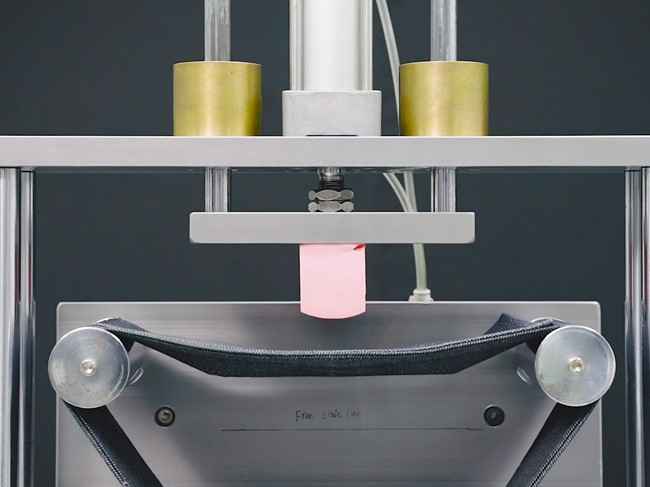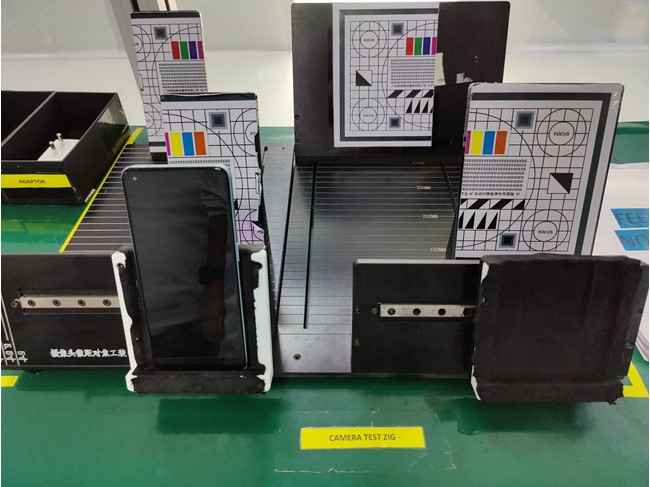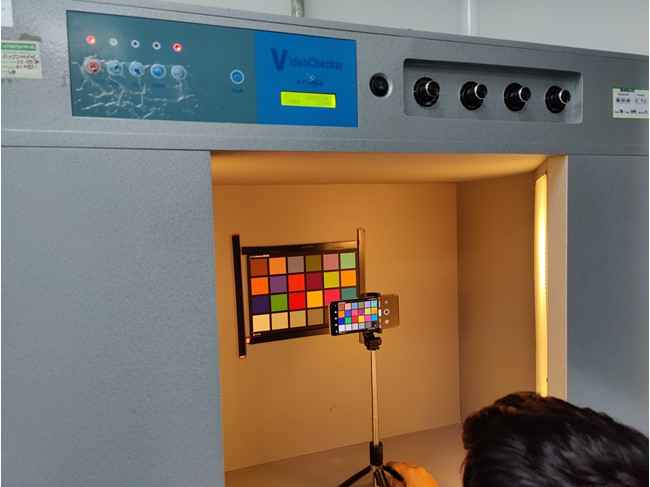How Smartphones Are Tested Inside Oppo’s Factory In India
Oppo invited us for a tour through their quality control labs in Greater Noida Superfactory
The Oppo F21 series goes through multitudes of feature and durability testing
Here's a look at how Oppo tests its smartphones for quality control
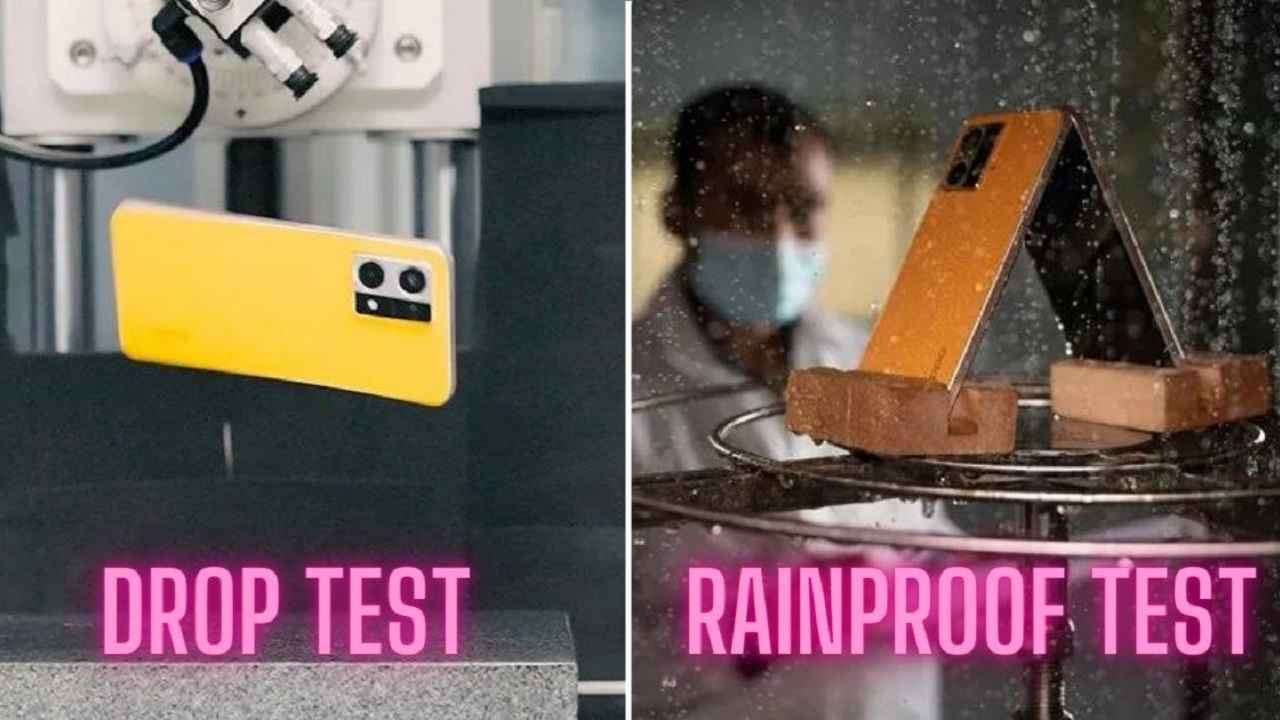
India is home to over 750 million smartphone users and it wouldn't be an understatement to say that it will soon become the second-largest manufacturing hub (Deloitte TMT Predictions 2022), considering the hearty US$10 billion incentive package by the Indian government to boost semiconductor manufacturing. In a country as diverse as ours, where no two people have the same usage habits, let alone the same climate conditions, it becomes increasingly important for a smartphone to be tested to ensure it works as well in the heat of New Delhi as well as in the snow-capped regions of Ladakh, or a humid city like Mumbai.
 Survey
SurveyOppo, one of the top five smartphone brands in India invited us for a tour through their quality control lab inside their Greater Noida factory that churns out 6 million phones every month or 1 phone every 3 seconds. We saw how Oppo tests their smartphones, specifically the newly launched Oppo F21 series, ensuring high-quality standards are maintained before they go into the hands of the users.
Oppo’s quality control lab takes smartphones through 320 experimental tests and 6 major tests and only after a phone passes all these tests is it deemed fit for users. Having seen these huge machines up close, I can tell you that Oppo isn’t bluffing when it comes to their quality control measures as the tests being done on phones try to simulate daily use, meaning that they try and replicate real-world scenarios that a particular phone may face.
Tested for accidental drops
Free fall
Oppo’s QE Reliability Lab performs multiple drop tests on a phone since dropping your phone accidentally is pretty common in day to day use. The idea here is that a phone must survive the fall without any cracks and functional failures for it to be able to move to the next stage.
Now, typically the industry standard for a drop test is 0.8 meters but Oppo sets the F21 phones at a height of 1 metre for a free-fall on all sides including 6 surfaces, 8 corners and 12 edges. They took it up a notch and dropped the phone from a height of 1.5 metres for an extreme drop test.
Mimicking another daily wear and tear scenario is when we casually throw our phones onto a bed or place it on a table where the fall distance isn't too large. The F21 series was dropped 28,000 times from a height of 10 cm which is more than the industry standard.
Micro Drop Test
A micro drop test we witnessed includes dropping the F21 Pro onto sandpaper and in case you’re wondering, it is not protected by a case or a screen protector.
Then comes the Tumble Test which simulates a phone slipping and colliding with a surface. The phone is placed inside a 1-meter long case which rotates at a speed of 3.5 revolutions/minute for 15 revolutions and simulates the phone being dropped 150 times from that height, ensuring that it is fit to survive everyday drops.
IPX4 waterproof and rainproof testing
Dropping your phone on a surface is a different thing than say water, which brings a new set of problems with it. Oppo has tested the F21 series against water in the Rain Test Chamber which is in line with the IPX4 rating standard. Here, the machine simulates heavy rainfall (~10 litres/minute) on four surfaces while playing a video or on a voice call.
Rain Test Chamber
Only when an F21 series phone passes this test, it's further tested underwater at 20 cms for 30 seconds after which it is disassembled to check for internal water damage and signs of corrosion.
Tested for every Indian climate
Oppo then showed us how they test a phone in different temperatures and environmental conditions to ensure that it works well regardless of the climate across India. The phone is stored in chambers that have a certain preset temperature and humidity conditions for some days and afterwards, it must function ideally to pass the test.
The F21 Pro and F21 Pro 5G have also been tested in different temperatures and environmental conditions to ensure that it works well regardless of the climate across India.
The environment tests include a temperature shock test where the F21 series must survive temperatures as low as -40°C and upto 75°C for 14 days. The temperatures change every other hour, giving the phone a kind of shock.
The phones are also tested at the extremely cold temperature of -50°C to ensure it survives in a snowy region.
Next, the phone is tested in a humid environment at 95% humidity at 65°C for 14 days in both switched off and on modes which are double the industry standards.
The next test is critical to those living in a coastal area where the air contains high humidity and salinity. The F21 series is sprayed with a 5% salt solution for 2 hours and is stored in a chamber with 95% humidity at 50°C. The phone must survive this condition without any surface-level damage and should work normally for it to be deemed a successful test.
Oppo also conducts a sweat test where the F21 Pro is wrapped in a cloth soaked in artificial sweat and is placed inside a high temperature, humid environment for 48 hours after which it is kept aside for a day before being examined for any signs of damage and corrosion.
Sometimes, smartphone components can easily get damaged in areas with little to no rainfall and humidity as static electricity builds up through friction. Oppo tests the F21 series for electrostatic contact and air discharge after which it should function normally to move to the next test.
Dust Chamber
The F21 series is also kept for 8 hours in a dust chamber with particle sizes fewer than 75 micrometres and is disassembled afterwards to check for dust ingress.
Inside denim patch
Some of the tests specifically performed on the F21 series include testing the fibreglass leather back panel of the Sunset Orange variant. Here, the phone’s back panel is rubbed with an alcohol-soaked pad, a rubber eraser and a denim patch thousands of times to simulate daily wear and tear.
Similarly, the Orbit Light on the camera module is also tested in high temperatures and humidity reaching a lifespan of over 50,000 hours, as per Oppo.
Camera focusing test
Video Colour Checker
Some of the camera tests that many Oppo smartphones undergo includes a focusing test, resolution test and video colour checker analysis.
Oppo runs their smartphones through a comprehensive testing process to ensure that you’re getting a finished product that meets their high standards and can survive the harshest of environments. And while some of these tests are performed on every single phone, others are performed in batches to root out manufacturing defects before they hit the shelves.
Siddharth Chauhan
Siddharth reports on gadgets, technology and you will occasionally find him testing the latest smartphones at Digit. However, his love affair with tech and futurism extends way beyond, at the intersection of technology and culture. View Full Profile
